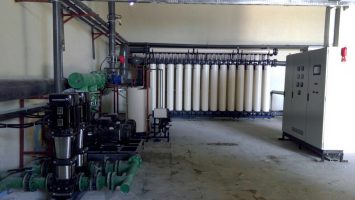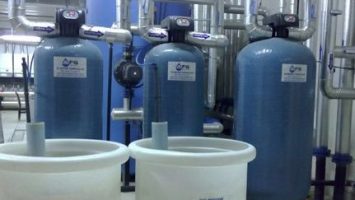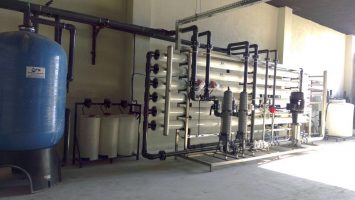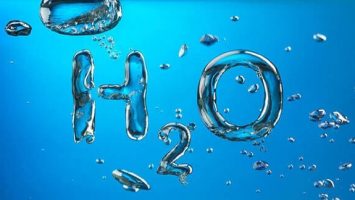
WHAT IS FILTRATION?
Filtration; It is the process of removing all pollutants causing water, sediment, turbidity, color, taste and odor by passing them through water filters.
What are the pollutants that can be removed by the filtration process?
Sediment and turbidity: Suspended solids and turbidity are caused by suspended solids. The source is sand, mud and salt. They are in different particle sizes and are suspended in water. They sink to the bottom of the boiler, making the heat transfer difficult, causing them to clog the pipelines. They can be easily removed from the water by physical processes such as filtration and precipitation. Turbidity is expressed in units of NTU (Nephalometric Turbidity Units), JTU or FTU. Turkey’s Drinking Water Standards (TS-266) are the 5 permissible values of NTU.
Color: For color formation in water, it is caused by organic (Fe) and manganese (Mn) besides organic substances. The water containing Fe and Mn leaves stains on fabrics and porcelain items in the laundry. Iron is brownish and manganese is gray-black. The precipitation with Fe and Mn chlorine can easily be removed from the water. Organic materials also cause a yellowish appearance in the water. The color is measured by Pt-Co (Plain-Cobalt) unit. The permissible value according to TS-266 is 5 Pt-Co.
Taste and Odor: The most important organic substances that cause the formation of taste and odor in water, 2. Clothed in the early days. Organic substances are generally caused by decomposing organisms such as algae, viruses, bacteria, algae which are found in water and they cause undesirable taste and smell in water. Chlorine, disinfection and precipitation of heavy metals (such as Fe and Mn) are used with purpose. It has its own scent and taste. After these operations it is absolutely necessary to be removed from the water. Chlorine can form harmful compounds by reacting with organic substances in the water. (Chloramine, chlorophenols, etc.) It also has a corrosive effect and reduces the pH of the water. According to TS-266, water must be odorless and tasteless.






COMMENTS
MAKE A COMMENT